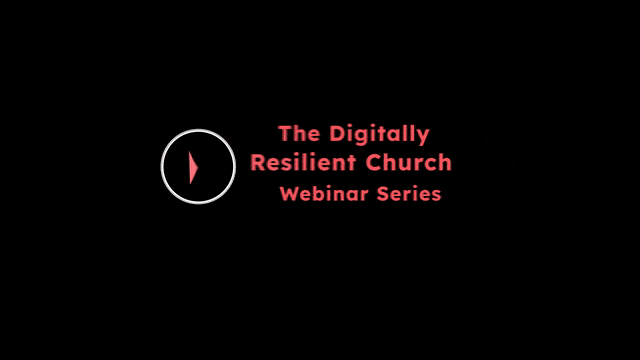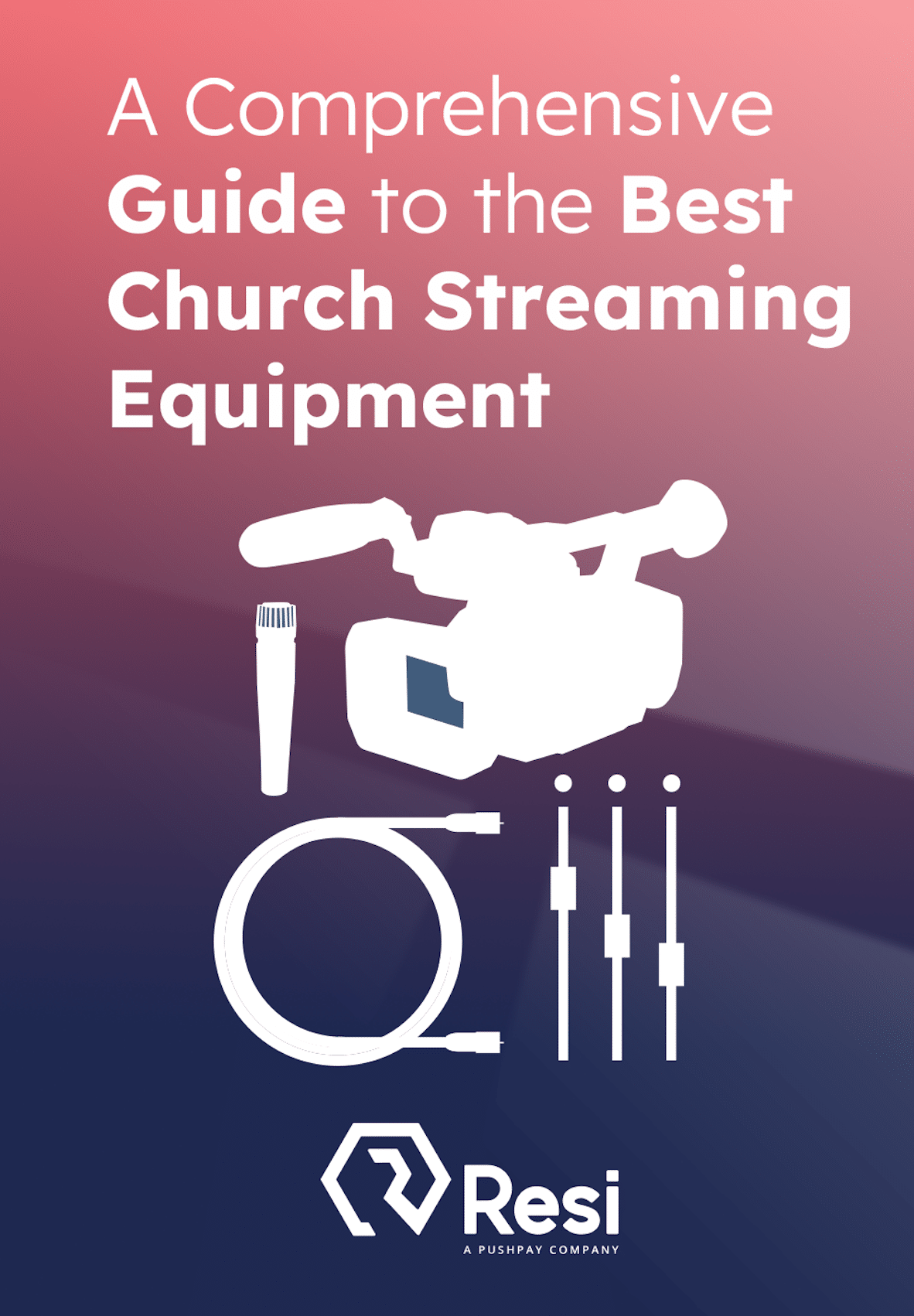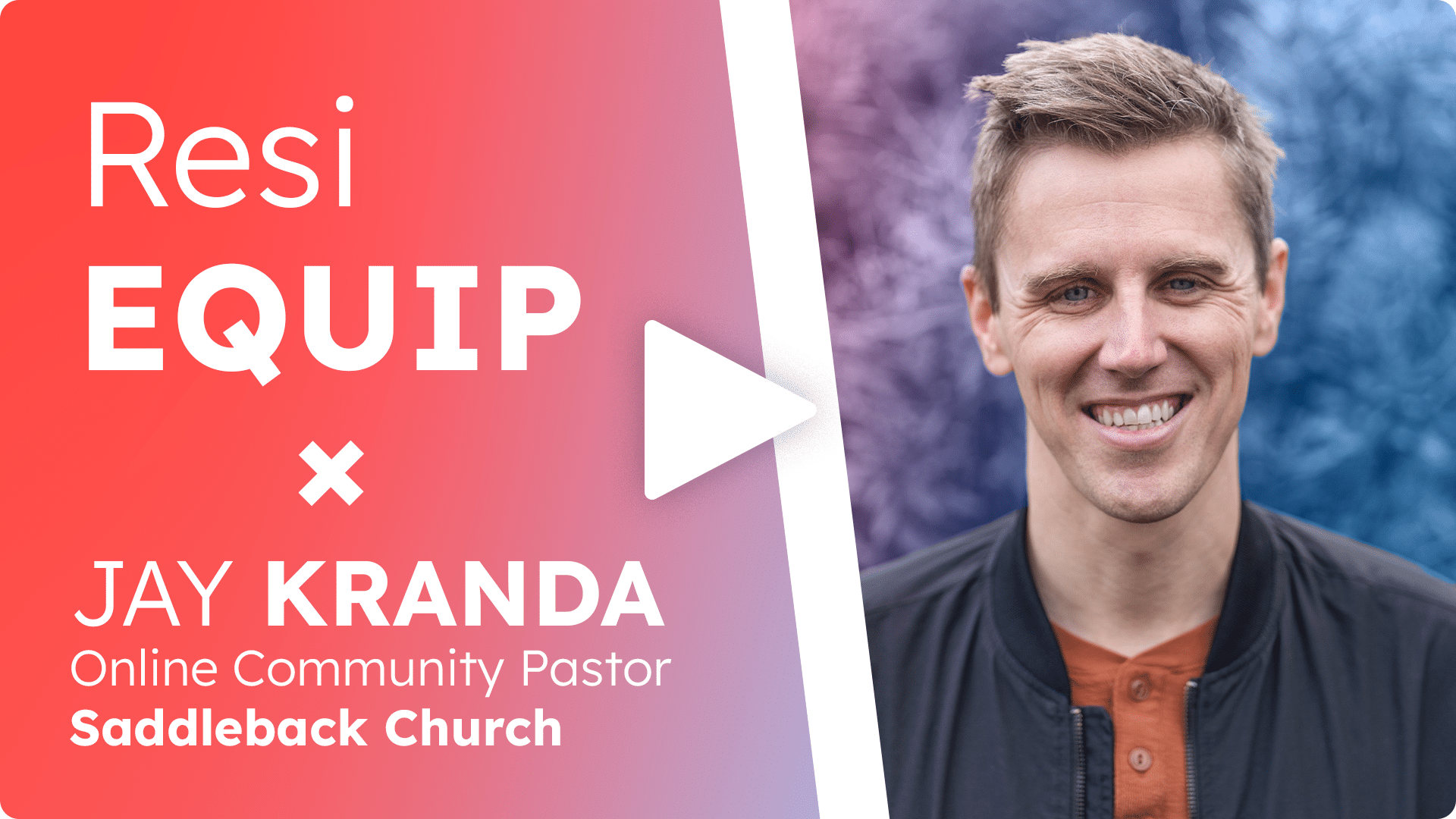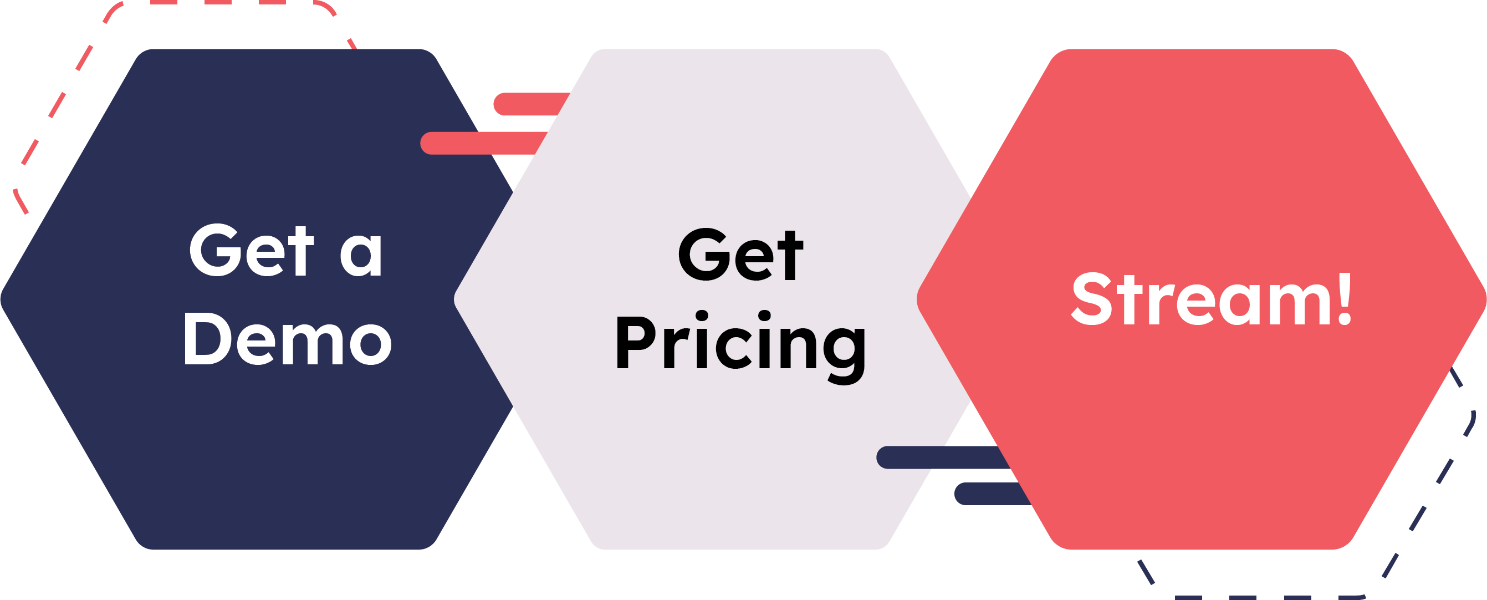
Most organizations start their streaming journey with free platforms. It’s practical—low barrier to entry, no upfront investment, and you can test the waters before committing. But there’s a tipping point where free tools stop serving your mission and start working against it.
When the buffer wheel appears during your biggest moment, when you’re juggling three browser windows just to go live, or when your internet hiccups and takes your entire stream down, the hidden costs of “free” become impossible to ignore. What started as a smart, low-risk decision has quietly become a technical liability.
Here are five concrete signs that free streaming platforms are holding you back—and why knowing how to improve streaming quality starts with recognizing when your current setup has hit its ceiling.
Your Stream Quality Drops During Critical Moments
Free platforms operate on shared infrastructure. When demand spikes across their network, your stream competes with thousands of others for bandwidth. The platform makes a choice: maintain quality for everyone or degrade individual streams to keep the whole system running. Your Easter service doesn’t get priority over someone else’s gaming stream.
This plays out in predictable ways. Your graduation ceremony starts flawlessly, but when 300 families tune in simultaneously, resolution drops from 1080p to 480p. Your product launch looks crisp during the countdown, then pixelates the moment you go live. Viewers see what you hoped they wouldn’t: buffering wheels, blocky compression artifacts, and audio that drifts out of sync.
The technical reality is straightforward. Free platforms offer no guaranteed bandwidth allocation. They can’t—operating at that scale while charging nothing requires aggressive resource sharing. You get what everyone else gets, and during high-traffic events, everyone gets less.
How to improve streaming quality in these scenarios requires infrastructure designed for reliability from the ground up. Resilient streaming technology protects your video even during network disruptions, maintaining quality when it matters most instead of degrading it when demand peaks.
You’re Wrestling with Platform Limitations Instead of Creating Content
Count the hours. How much time does your team spend each week working around platform constraints? Opening multiple browser tabs because the dashboard won’t display correctly. Running backup streams on secondary devices because the primary connection dropped last time. Manually starting and stopping because automated scheduling isn’t available. Writing instructions for volunteers that read like troubleshooting guides instead of simple procedures.
These workarounds feel normal until you add up the cost. A tech director spending three hours per week managing platform quirks is spending 156 hours per year—nearly a full month of work—fighting tools instead of improving content. The mental load compounds the time cost. You can’t fully prepare for your event because you’re not sure which workaround you’ll need this time.
Production complexity increases while quality stagnates. You’re working harder and getting the same unreliable results. The platform hasn’t evolved to meet your needs because you’re not the customer—you’re the product. Your content and attention subsidize the platform’s actual business model.
Professional streaming platforms eliminate this friction through automation. Set up your stream once, schedule it, and let the system handle execution. Your team focuses on content quality and message delivery instead of technical crisis management.
Your Audience Complains About Viewing Experience
The comments arrive in different forms. Someone posts on social media about the stream cutting out. Your support inbox fills with questions about why the video froze. In-person attendees mention they tried watching from home but gave up. Analytics show 40% of viewers dropping off in the first five minutes—not because your content fails to engage, but because the streaming experience frustrates them before they hear your message.
Each complaint represents a larger group who left silently. For every person who reaches out, dozens more close the tab and don’t come back. They don’t owe you patience. When other content loads instantly and plays without interruption, yours needs to match that standard or lose the audience.
The organizational impact extends beyond immediate viewership. A church member who experiences a failed stream might skip the next week’s in-person service. A parent who can’t watch their student’s concert misses a moment that can’t be recaptured. A prospect evaluating your organization forms impressions based on production quality, and those impressions influence decisions worth far more than streaming platform costs.
Research shows that 27% of viewers abandon a stream after the first buffering wheel, and 40% leave after the second. You don’t get many chances. Analytics tools help you understand where viewers drop off, but fixing the underlying quality issues requires infrastructure that can deliver without disruption.
You Need to Stream to Multiple Destinations Simultaneously
Your audience lives everywhere—some on Facebook, others on YouTube, many on your website, a few through your mobile app. Reaching them means broadcasting to multiple platforms simultaneously. Free streaming services typically lock you into their ecosystem or offer only single-destination output. Running separate streams for each platform means managing multiple accounts, multiple encoders, and multiple potential failure points.
The complexity scales poorly. Two destinations double your management overhead. Three destinations triple it. Analytics become fragmented across platforms with no unified view of total reach. Quality varies by destination because each platform applies its own compression. You’re running a small broadcast network with tools designed for casual personal use.
Professional platforms treat multi-destination streaming as a baseline feature, not an advanced capability. Stream to Facebook, YouTube, your website, and custom RTMP destinations from a single source with consistent quality across all endpoints. Unified analytics show complete audience behavior. One setup, one workflow, maximum reach.
The time you save compounds across every stream. Instead of configuring four destinations separately, you configure once and replicate. Instead of troubleshooting four potential failure points, you monitor one system with built-in redundancy.
You’ve Hit the Ceiling on Features You Actually Need
Free platforms work for basic streaming, but organizational needs extend beyond “just get video online.” You need scheduled streaming that runs automatically without someone clicking “start broadcast” at exactly the right moment. You need on-demand content that stays available longer than seven days. You need custom branding that reflects your organization instead of generic player controls. You need analytics that show more than view counts.
The gap between what free platforms offer and what professional streaming requires widens as your organization grows. You can’t implement redundancy systems that automatically failover if the primary connection drops. You can’t transcode in the cloud to reduce bandwidth costs at your broadcast site. You can’t send high-quality streams to multiple physical locations with volunteer-friendly playback.
These aren’t luxury features—they’re infrastructure that transforms streaming from a technical challenge into a reliable communications channel. The difference between basic streaming and professional streaming is the difference between hoping your message reaches your audience and knowing it will.
Consider what you actually need. If your organization depends on reaching people remotely, if your reputation rides on production quality, if your team’s time is better spent on content than troubleshooting, you need tools built for those requirements.
What Upgrading to Professional Streaming Actually Delivers
Professional streaming platforms solve the problems free tools can’t address. Resilient Streaming Protocol maintains perfect video quality even when your internet connection drops for up to 90 seconds—viewers don’t see a single buffering wheel. Automated workflows eliminate manual intervention, letting you schedule streams days or weeks in advance with confidence they’ll run exactly as configured.
Multisite capabilities let you broadcast to multiple physical locations over public internet with volunteer-friendly decoders that require zero technical expertise to operate. When your internet goes down at the receiving site, the decoder buffers content and resumes playback seamlessly when connectivity returns. Support teams answer questions seven days a week, including weekends when most streams happen.
The emotional shift matters as much as the technical improvements. You move from anxiety to confidence. From hoping your stream works to knowing it will. From “crossing your fingers” to “focusing on your message.” That’s what professional infrastructure delivers—peace of mind that the technology won’t fail when it matters most.
Organizations using professional platforms report fewer things to worry about during broadcasts. Tech directors sleep better the night before major events. Production teams spend time improving content instead of troubleshooting platforms. Audiences experience consistent quality that matches their expectations from other professional content.
Taking the Next Step Without Disrupting Your Workflow
Moving to professional streaming doesn’t require abandoning your current workflow entirely. Most organizations implement gradually, running parallel systems initially to build confidence before full migration. Professional platforms integrate with existing equipment and processes rather than demanding complete replacement.
Support teams guide implementation with hands-on assistance. You’re not figuring it out alone from documentation—you have experts who have helped thousands of organizations make the same transition. Training happens at your pace, and most teams become proficient within one or two production cycles.
The “if it’s not broken” mentality often masks significant problems. Your streaming might work in the sense that video reaches viewers, but if it requires constant intervention, degrades quality unpredictably, or generates viewer complaints, it’s broken—you’ve just normalized the dysfunction. Professional tools eliminate those normalized problems.
Timeline expectations tend to be pessimistic. Most organizations discover implementation takes days, not weeks. The first stream using professional infrastructure often reveals how much technical friction had accumulated with free platforms. What felt normal—the workarounds, the backup plans, the contingency systems—suddenly looks unnecessary.
The decision isn’t whether to upgrade eventually. Free platforms worked for getting started, but they don’t scale with organizational growth. The decision is whether to upgrade now, strategically and deliberately, or later, reactively after a high-stakes stream failure forces your hand. Knowing how to improve streaming quality starts with honest assessment of whether current tools serve your mission or hold it back.







